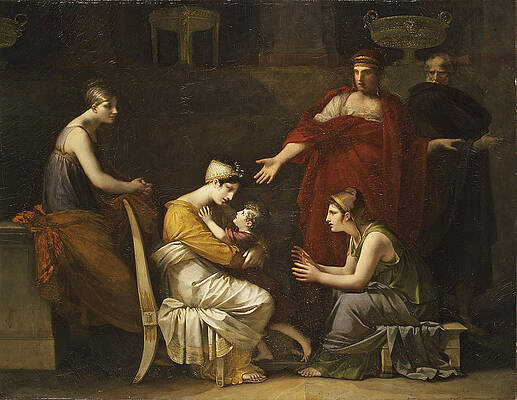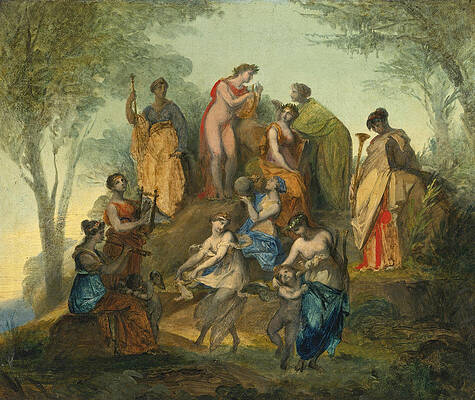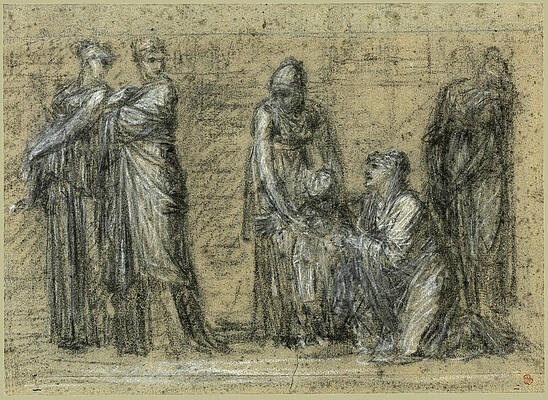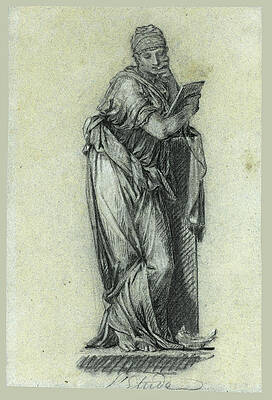Pierre-Paul Prud'hon
Paintings
Charles Maurice de Talleyrand Perigord Prince de Benevent
La marechale Lannes duchesse de Montebello
Minerva leading the Genius of Arts to immortality
The Dream of Happiness
Lavinie Barbier-Walbonne later Baronne Darriule
David Johnston
Apollo and the Nine Muses on Mount Parnassus

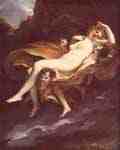
Psyche is kidnapped by the winds
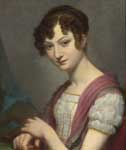
Lavinie Barbier-Walbonne later Baronne Darriule

Charles Maurice de Talleyrand Perigord Prince de Benevent
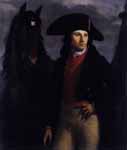
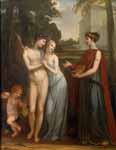
Innocence Preferring Love to Wealth
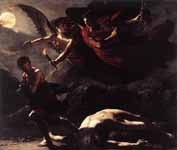
Justice and Divine Vengeance Pursuing Crime
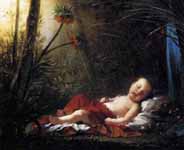

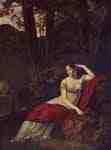
Portrait of the Empress Joséphine
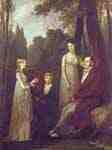
Rutger Jan Schimmelpenninck and his family

Triumph of Bonaparte and Peace (Sketch)
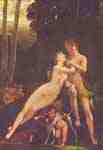

Drawings
Academie of a Standing Woman
Venus
The Criminal
Andromache and Astyanax
The Study
Andromache and Astyanax 2
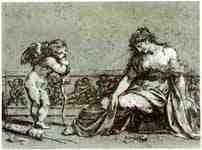
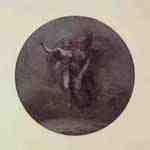

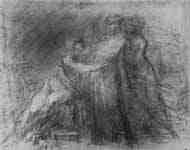
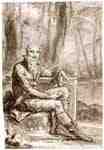

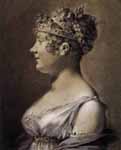
Portrait of Princess Talleyrand


Fine Art Prints | Greeting Cards | Phone Cases | Lifestyle | Face Masks | Men's , Women' Apparel | Home Decor | jigsaw puzzles | Notebooks | Tapestries | ...
Pierre-Paul Prud'hon (April 4, 1758 – February 16, 1823) was a French Romantic painter and draughtsman best known for his allegorical paintings and portraits.
Life and work
Pierre-Paul Prud'hon was born in Cluny, Saône-et-Loire. He received his artistic training in the French provinces and went to Italy when he was twenty-six years old to continue his education. On his return to Paris, he decorated some private mansions and his work for wealthy Parisians led him to be held in high esteem at Napoleon's court.
His painting of Josephine portrays her, not as an Empress but as a lovely attractive woman which led some to think that he might have been in love with her. After the divorce of Napoleon and Josephine, he was also employed by Napoleon' s second wife Marie-Louise.
Prud'hon was at times clearly influenced by Neo-classicism, at other times by Romanticism. Appreciated by other artists and writers like Stendhal, Delacroix, Millet and Baudelaire for his chiaroscuro and convincing realism, he is probably most famous for his Crucifixion (1822), which he painted for St. Etienne's Cathedral in Metz. Crucifixion now hangs in the Louvre.
The young Théodore Géricault had painted copies of work by Prud'hon, whose "thunderously tragic pictures" include his masterpiece, Justice and Divine Vengeance Pursuing Crime, where oppressive darkness and the compositional base of a naked, sprawled corpse obviously anticipate Géricault's painting The Raft of the Medusa.[1]
Notes and references
Gayford, Martin. "Distinctive power". The Spectator, November 1, 1997. Retrieved from findarticles.com on January 6, 2008.
Further reading
O'Neill, J, ed. (2000). Romanticism & the school of nature : nineteenth-century drawings and paintings from the Karen B. Cohen collection. New York: The Metropolitan Museum of Art.
External links
Europe in the age of enlightenment and revolution, a catalog from The Metropolitan Museum of Art Libraries (fully available online as PDF), which contains material on Prud'hon (see index)
---
Fine Art Prints | Greeting Cards | Phone Cases | Lifestyle | Face Masks | Men's , Women' Apparel | Home Decor | jigsaw puzzles | Notebooks | Tapestries | ...
---
Artist
A - B - C - D - E - F - G - H - I - J - K - L - M -
N - O - P - Q - R - S - T - U - V - W - X - Y - Z
Retrieved from "http://en.wikipedia.org/"
All text is available under the terms of the GNU Free Documentation License


